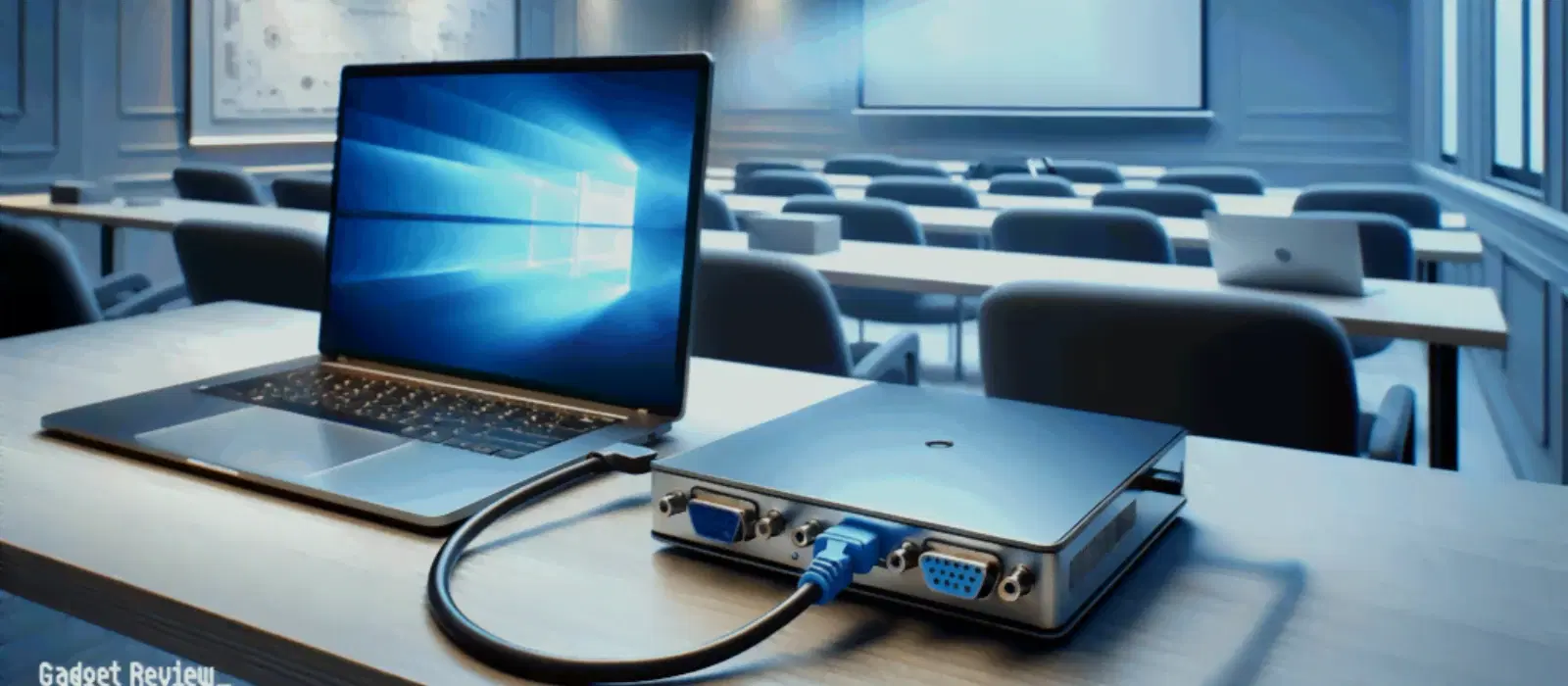
Consumer Electronics
•04 min read
Have you ever struggled with enabling USB ports on your Windows 7 PC? Many users face hurdles when their ports are blocked or malfunctioning, making it difficult to connect essential devices. Understanding how to manage, troubleshoot, and configure these ports can pave the way for a smoother computing experience.
USB ports have become a vital component in our computers, serving as the gateway for data transfer, connectivity for peripherals, and even supporting devices that ease our everyday tasks. For Windows 7 users, these ports play a crucial role in ensuring devices like smartphones, external drives, and printers work seamlessly. Whether you are transferring important files or connecting digital gadgets, the reliable function of USB ports remains indispensable.
At times, USB ports may be disabled due to administrative restrictions, group policy settings, registry blocks, or even hardware issues. Such disruptions can lead to a loss of productivity and limit your ability to utilise attached devices. Understanding why your USB ports might be blocked is the first step towards unlocking their full potential.
The Device Manager is an essential tool that allows you to monitor and manage your hardware components. To enable USB ports, start by accessing the Device Manager and locate the USB controllers section. Check if any devices appear as disabled. By right-clicking and selecting 'Enable', you can quickly restore functionality. Keep in mind that at times, you might encounter error messages which indicate deeper connectivity issues that could require driver updates or additional configuration settings.
If the USB ports are disabled at the hardware level, one effective method is to access your computer's BIOS. Restart your computer and enter the BIOS setup (usually by pressing a key during bootup). Look for USB configuration settings and ensure the ports are enabled. Always be cautious while making adjustments in the BIOS to avoid unintentional misconfigurations. Remember to save your changes before exiting.
For those comfortable with advanced system settings, the Registry Editor provides another route for activating USB ports. Begin by necessary precautions, such as backing up your registry data. Navigate to the key that controls USB port access and adjust the values as needed. While this method is powerful, be aware of the potential risks and proceed only when you have a good grasp of the registry's structure.
Frequent signs of USB port issues include unrecognised devices, intermittent connectivity, and slow response times. It is critical to use diagnostic tools to determine if the problem is hardware-related or a software misconfiguration. By systematically checking each potential fault point—such as physical connections and device driver integrity—you can pinpoint the exact cause of failure.
Beyond enabling the ports, a series of practical steps can help fix common issues. Start with verifying that your devices are firmly connected and that the ports are free of dust or debris. Updating device drivers is often an effective first step, followed by a reset of the USB controllers through the Device Manager. Each solution may require minor adjustments depending on the situation, but they collectively form a comprehensive guide to troubleshooting your USB port challenges.
In many cases, administrative-level permissions and group policy settings can restrict USB port usage. Adjusting these settings to allow proper device access is key to restoring functionality. Knowledge of your system’s security configuration not only helps in troubleshooting but also ensures that you maintain optimal performance while keeping your system's integrity intact.
Striking the right balance between robust security and high accessibility is crucial. Allowing specific, trusted devices while blocking others helps to prevent threats such as malware or unauthorized data transfers. Secure configurations are essential for today's tech-savvy consumers who rely on efficient and safe interactions with their digital devices.
To keep your USB ports operating at their best, regular maintenance is recommended. This includes cleaning the physical ports periodically and ensuring that drivers are always up-to-date. In addition, closely monitoring port activity can help catch issues early before they evolve into more complex problems.
Windows 7 provides several advanced settings that can significantly enhance performance. Configurations such as USB selective suspend settings and meticulous power management not only optimise performance but also contribute to energy efficiency. These tweaks, though subtle, can deliver impactful improvements in the performance of connected devices.
Expert Tip: Avoid Common USB Port Pitfalls
Many USB port issues can be traced back to outdated drivers or incorrect power settings. Always keep your drivers updated and consider enabling USB selective suspend to manage power effectively.
To enable USB on Windows 7, open Device Manager, locate the USB controllers section, and ensure all devices are enabled. If group policy or registry settings are blocking the ports, follow the steps discussed above.
Access your BIOS settings to ensure the USB ports are activated. Alternatively, use the Device Manager or Registry Editor as outlined in this guide.
Start by checking your physical connections and cleaning the ports. Update the drivers, reset USB controllers, and consult advanced configurations if necessary.
This comprehensive discussion highlights that mastering USB port access in Windows 7 starts by understanding port functionality, following step-by-step enablement guides, troubleshooting effectively, and managing permissions to maintain both security and accessibility. By adopting these practices, you ensure a reliable, high-performance computing experience that supports your daily activities. Just as Tata Neu enhances your digital shopping with seamless integration and rewarding NeuCoins benefits, managing your USB port settings can transform your interaction with technology into an efficient and trustworthy experience.